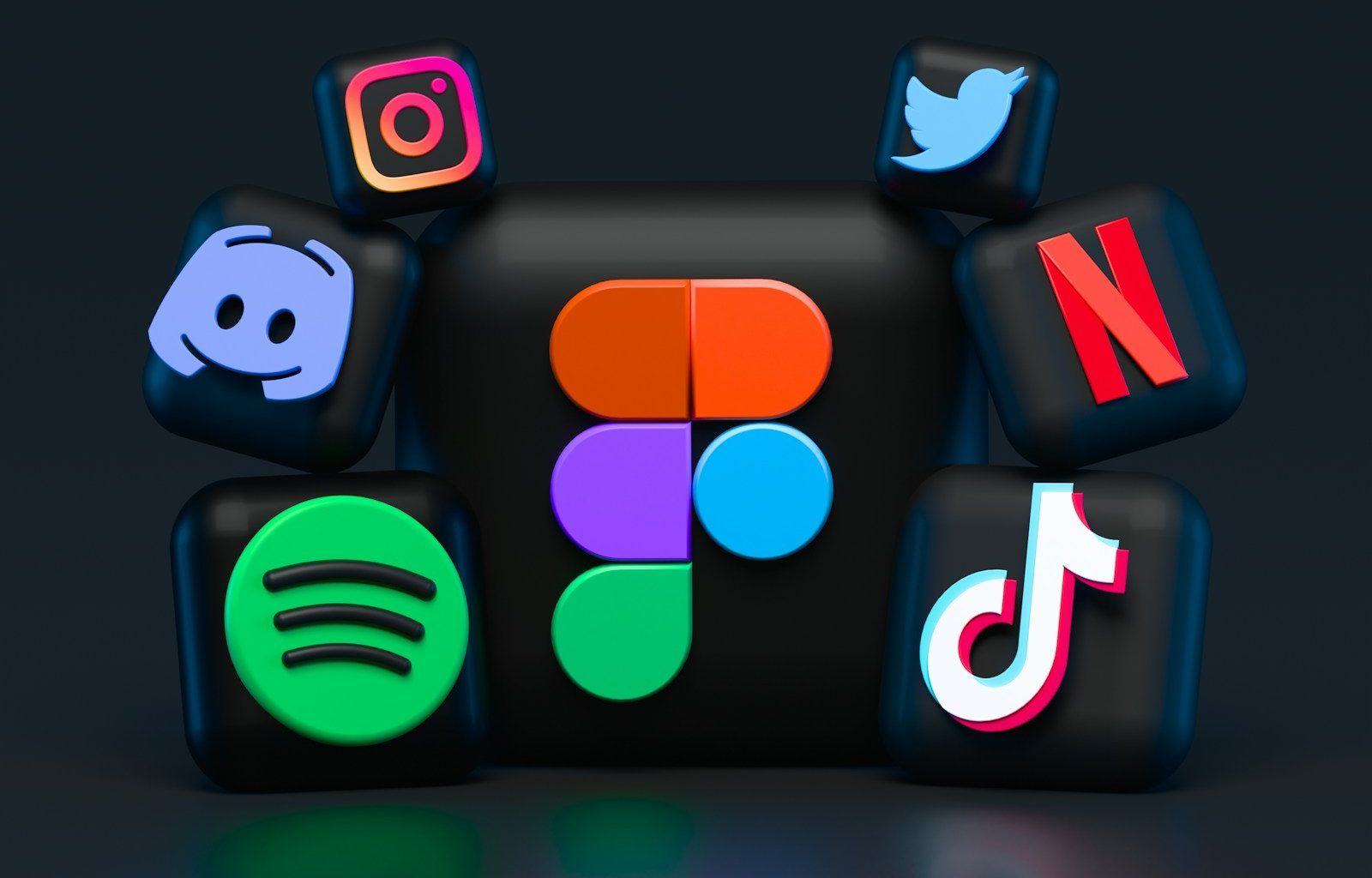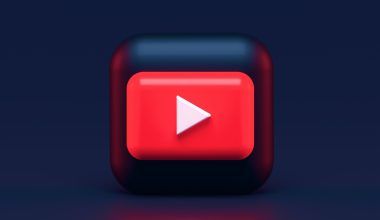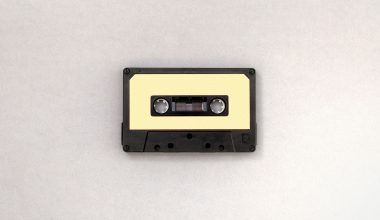If you’re an artist, podcaster, or music enthusiast, you’ve probably noticed how Spotify organizes its vast library. Among the key details of any track or podcast episode, the Content Upload Date on Spotify plays a surprisingly important role. While it might seem like just another piece of metadata, the upload date can influence how your content is discovered and appreciated by your audience. Let’s break it down in a way that’s easy to understand and full of insights.
What is the Content Upload Date on Spotify?
The content upload date on Spotify refers to the day your music, podcast, or any audio file becomes available on the platform. It’s essentially the timestamp that tells Spotify (and its users) when your content was published.
This little detail might seem trivial, but it has far-reaching effects. Think about how often you sort playlists or podcast episodes by “Newest.” That simple action is powered by upload dates.
Why Listeners Care About Upload Dates
Listeners love fresh content. Whether it’s a new album from their favorite artist or the latest episode of a popular podcast, having access to the most recent uploads keeps audiences engaged. Spotify makes it easy to find new releases by using upload dates to organize playlists and charts.
For podcast fans, the upload date is especially important. Many people follow podcasts in chronological order, ensuring they don’t miss context or references from earlier episodes. If your upload dates are inconsistent or unclear, listeners might get confused, and that’s the last thing you want.
How Spotify Uses Upload Dates for Discovery
Spotify’s algorithms are smart. They look at more than just upload dates, but this information plays a role in how your content appears in search results, recommendations, and playlists. New uploads often get a slight boost in visibility, giving you a chance to attract fresh listeners.
If you’ve ever wondered why a track suddenly starts trending or why a podcast gains more listeners after a specific release, the content upload date could be one of the reasons. It’s all part of Spotify’s effort to keep its platform fresh and relevant.
Upload Dates and Playlists: A Match Made in Heaven
Playlists are one of the most powerful tools on Spotify. Curators, whether they’re individuals or Spotify’s own team, often look at upload dates to decide what makes the cut. For example, a playlist focused on “New Releases” is unlikely to include tracks uploaded months ago.
This is why timing your uploads can be crucial. Releasing your content at the right moment—not too early, not too late—can improve your chances of being featured on popular playlists.
Tips for Choosing the Right Upload Date
- Know Your Audience: Think about when your listeners are most active. For example, if your audience is primarily students, releasing content before a weekend might work best.
- Sync with Trends: Keep an eye on industry trends. Releasing a song close to a holiday or a podcast episode during a relevant event can boost engagement.
- Consistency is Key: If you’re a podcaster, uploading on the same day each week builds trust and anticipation.
How to Optimize Your Upload Date on Spotify
The actual process of uploading content to Spotify involves setting a release date. While this might seem straightforward, there’s more to consider:
- Choose the right distribution service: Platforms like DistroKid or Anchor let you schedule uploads, giving you control over your content’s timing.
- Plan ahead: Make sure your content is ready days, if not weeks, before your chosen upload date. This avoids last-minute stress.
- Promote your date: Announce your release date on social media and other platforms to build excitement.
Real-Life Examples: Artists and Podcasters Who Nailed It
Many artists have mastered the art of timing their uploads. Take Taylor Swift, for example. She often teases new albums months in advance and releases them on strategic dates, such as Fridays, to align with Spotify’s “New Music Friday” playlist.
Podcasters also use upload dates to their advantage. Serial, one of the most popular podcasts ever, dropped episodes consistently, creating a habit among listeners.
Aside from discovery and playlists, accurate upload dates also help with analytics. Knowing when your content went live allows you to measure its performance more effectively. You can see spikes in plays, identify trends, and adjust your strategy for future uploads.
Avoiding Common Mistakes with Upload Dates
- Skipping the Details: Always double-check your upload date during the publishing process. A wrong date can confuse your audience and mess up your analytics.
- Inconsistent Releases: Irregular upload dates can make it harder for listeners to stay engaged.
- Not Leveraging Freshness: Don’t forget to market your new uploads. The first few days after release are critical for gaining momentum.
Final Thoughts
The content upload date on Spotify might seem like a small detail, but it can make a big difference in how your music or podcast performs. By choosing the right date, being consistent, and aligning with Spotify’s discovery features, you can maximize your reach and grow your audience.
Remember, every upload is an opportunity to connect with your listeners. So, plan wisely, stay consistent, and let your creativity shine. Whether you’re an artist dropping your next big hit or a podcaster sharing stories, the right upload date can set you up for success on Spotify.
For further reading, explore these related articles:
- The Incredible Journey of Hanumankind Big Dawgs: India’s Hip-Hop Trailblazers
- Marshmello Songs: A Heartfelt Journey into Amazing Beats and Melodies
For additional resources on music marketing and distribution, visit DMT Records Pvt. Ltd..






